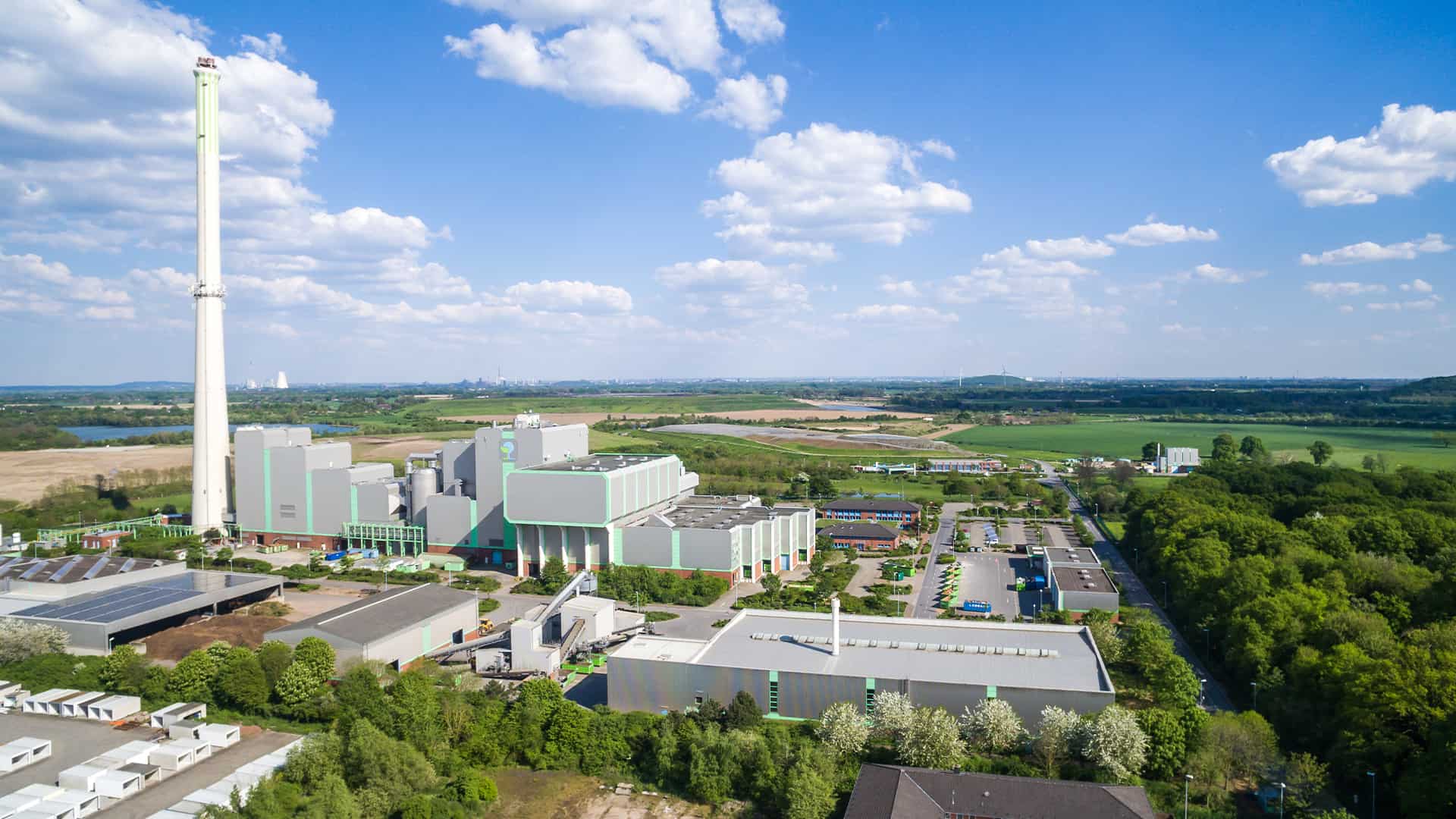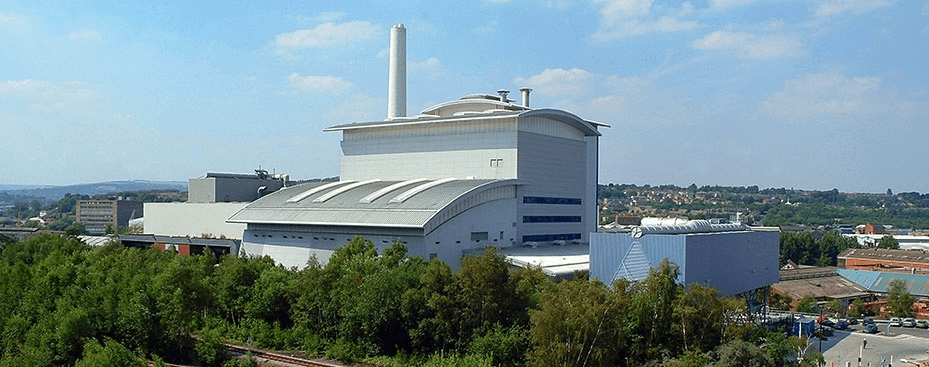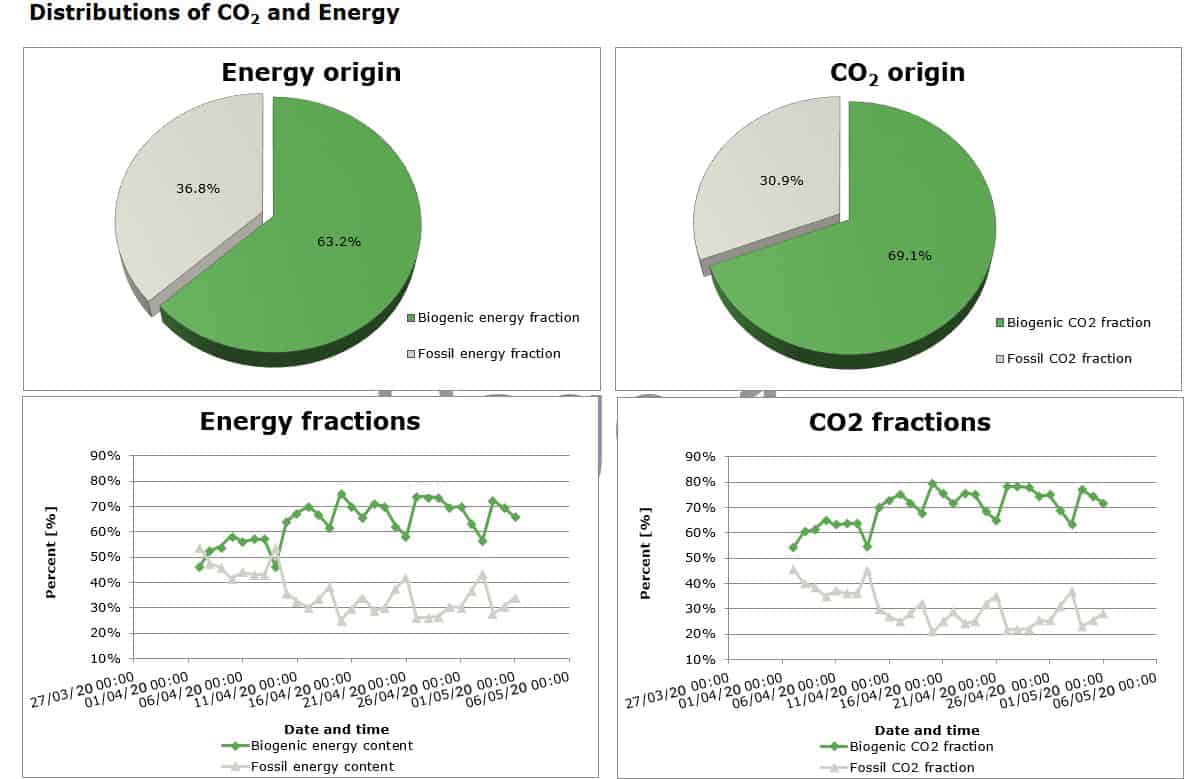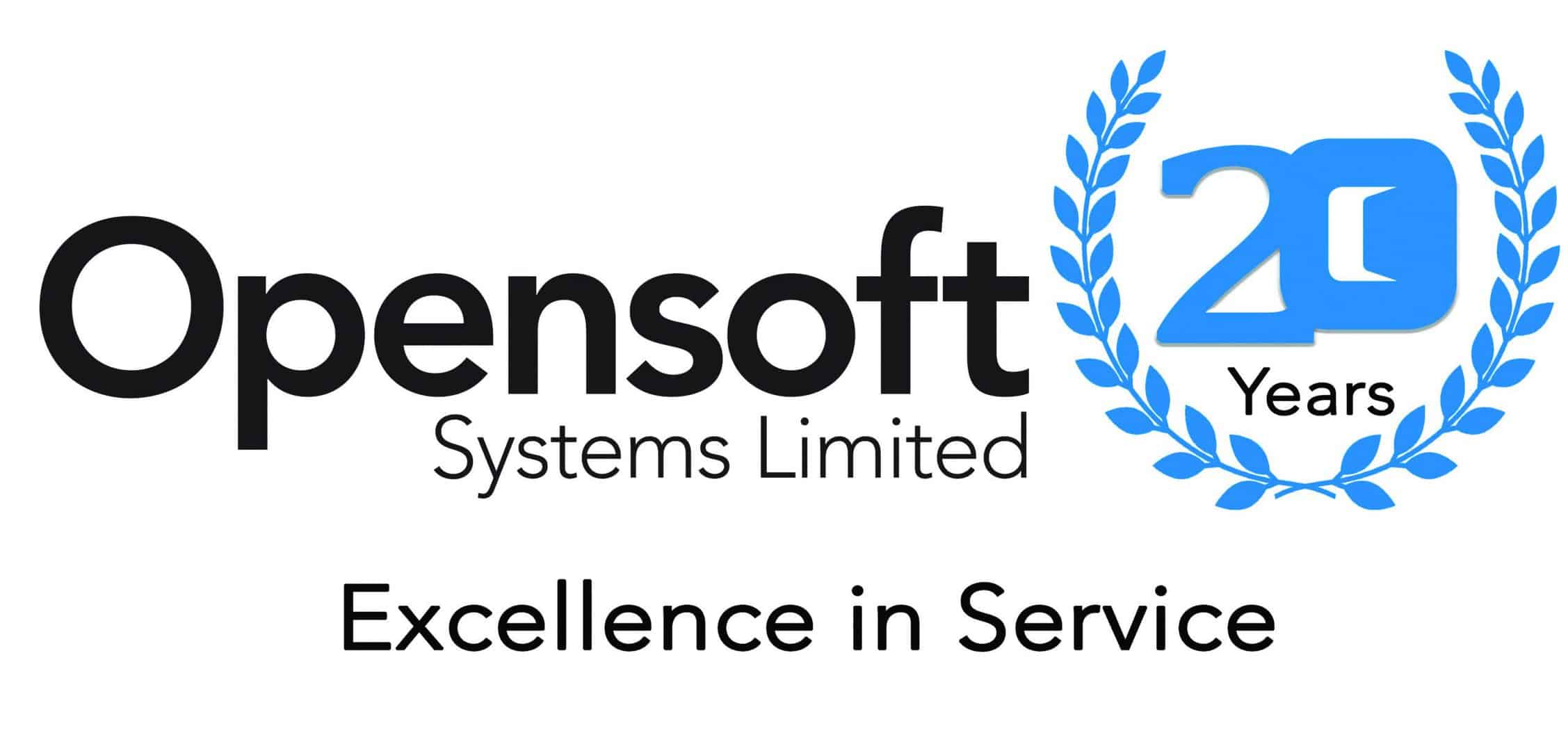CEMS Reporting & CBIS Data Integration to Plant SCADA

Veolia is one of UK’s leading providers of comprehensive range of waste, water, and energy management services designed to build the circular economy and preserve scarce raw materials. It is one of the ‘Big Five’ waste management companies in the UK.
The Project
Veolia’s Energy Recovery Facility (ERF) in Sheffield is designed to handle 225,000 tonnes of solid waste a year. It generates up to 21MW of electricity to the National Grid, enough to power more than 25,000 homes.
Veolia uses Continuous Emissions Monitoring System (CEMS) at the plant to ensure it continues to conform with its emissions responsibilities specified by the Environment Agency under the plant’s permit to operate.
.png)
The Challenge
Veolia commissioned Opensoft Systems to provide their site with automated reporting for the sites stack emissions. The Reports were required on a real-time basis, with a daily summary report to provide regulatory compliance.
The Proposal
Opensoft proposed that the clients identify specific information they want to see in their report, this was in turn related to the regulatory requirements required by the Environment Agency.
Once requirements were clearly detailed, we worked in partnership with installers of the instruments installed in the stack to ensure signals generated were calibrated correctly at source and that the scaling calculations were applied correctly.
Our proposal then involved providing real-time emission reporting and a secure means of data storage of the collated values to protect against data loss resulting from IT failure.
The Solution
For this project, Opensoft used Proficy Historian, GE’s high-performance data archiving system that collects, efficiently and securely store, retrieve, distribute time-based data at high speed.
The project was completed in three phases. For the initial Phase, our engineer undertook at an Audit of the required process systems, collating information and running through reporting requirements with key stakeholders on site. This allowed the User & Functional Requirements (FDS) to be accurately determined. Phase 2. Once approved by the the client development work was undertaken offsite and the solution taken through internal component Testing at Opensoft’s offices.
Phase 3. The client carried out Factory Acceptance Testing (FAT) to verify the system against the specification and that the system responded as required. Once the system was taken to site the system was commissioned and Site Acceptance Testing undertaken against the specification design.
Client Feedback
“Opensoft worked well with our Emissions Monitoring Consultants to ensure the values being generated from the analyzers in the stack were accurately reflected in our CEM’s report. The result was a well, executed project which started with correct alignment of our requirements from the outset. Thank you to all involved.”
Veolia, Operations Manager





